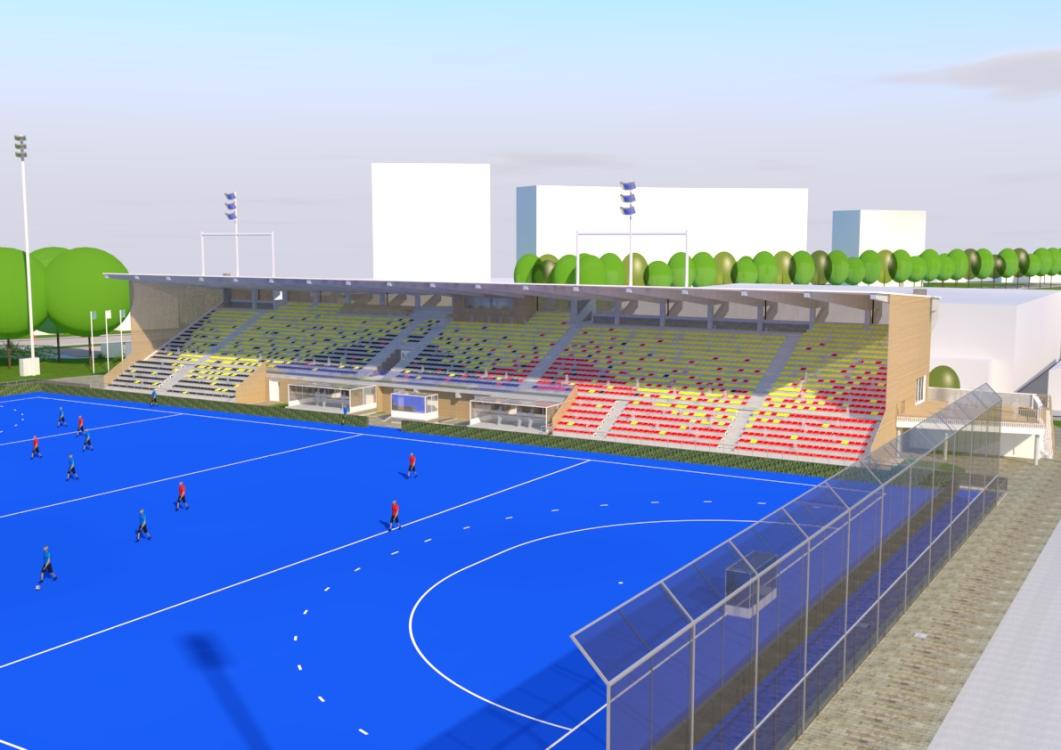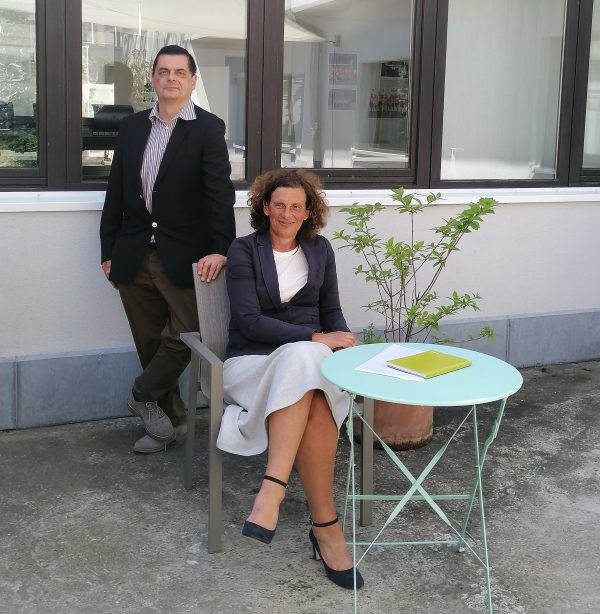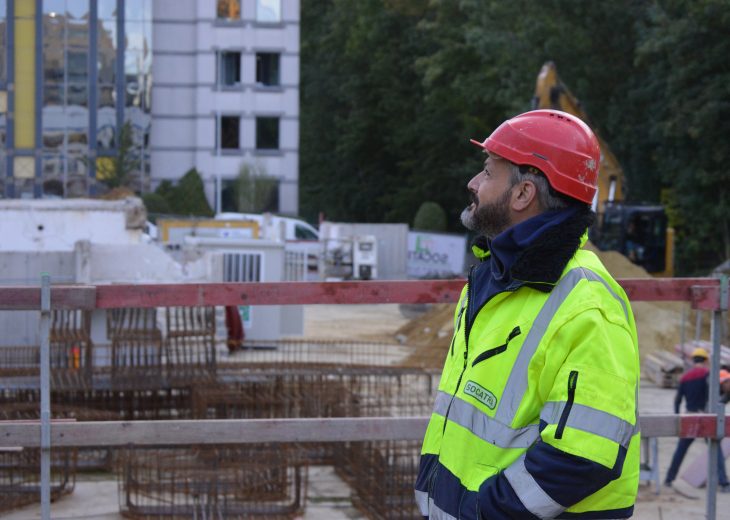How Socatra builds for tomorrow
Calculating the carbon footprint of the building site of the hockey stadium in Wavre
Reading time: 5-6 minutes
Reading time: 5-6 minutes

The construction sector is fundamental when it comes to fighting against climate change. After all, it represents 36% of global greenhouse gas emissions, warns Hadrien Cruyt, sustainable construction consultant at SuReal, before continuing with this blunt but necessary observation. « At the moment, we are still nowhere near our Paris Agreement commitments, which can be seen as a pact between ourselves and all future generations. »
Luckily, construction companies have the tools to change this situation. « Designers, architects, entrepreneurs, suppliers of materials are increasingly committed to transforming the entire value chain » declares Hadrien Cruyt that, working at SuReal, is particularly well positioned to observe these changes in action.
Socatra, a three-generation family-owned business based in Brussels, has taken up this challenge by integrating sustainability into the genesis of a mega-building project.

For Claudia De Cesco, CEO at Soactra, «we don’t want growth at any price. We want to be sustainable. We want a company that is sustainable, and therefore meets society’s challenges.»
This is the vision of a three-generation family business, a vision that was immediately put into practice.
In 2024, Socatra will carry out the carbon report for one of its major projects: constructing the Wavre field hockey stadium for the 2026 World Cup.
But this is not Socatra’s only act in favour of the climate. It has installed solar panels, explored alternatives for decarbonized mobility, such as electric cars for new employees, set up bicycle parking and organized car-sharing programs for workers.
When it came to constructing the Wavre stadium, reducing the impact of their building site was part of the plan since the beginning.

In autumn 2023, the foundation stone was laid for the Wavre field hockey stadium. With a budget of nine million euros and an ambitious timetable, the former soccer stadium will host the World Hockey Championships in 2026. Up to ten thousand spectators can be accommodated. Above all, the stadium has been designed with the future in mind: in case of necessity, it can be used as a storm basin for violent storms.
Site management is in the hands of Socatra, who will approach the project with the same sustainable vision. The project is ambitious and will be built to FIH standards.
Socatra and Tapio will draw up the carbon report together. This assessment will cover all scopes:
Tapio will support Socatra in this work. For scopes 1 and 2, Socatra will provide the purchase slips and invoices. Tapio will process them using its platform. Socatra will account for the CO₂e of all its direct purchases of raw materials. The monetary values of purchases from subcontractors will be converted into CO₂e emissions according to ADEME standards in the Tapio platform.
Just as a company draws up a budget before embarking on a project, Socatra will draw up a carbon report for all its direct and indirect purchases linked to the field hockey stadium project.
This carbon report is as ambitious as the project it covers. However, there is still a blind spot, and Socatra is well aware of it: its partners and suppliers are not yet necessarily bound by carbon accounting rules. Their emissions are difficult to account for accurately in Socatra’s balance sheet.
Socatra has therefore set up a solution with Tapio. The construction company will start working with its partners by sending them Tapio’s maturity assessment, with the support of Tapio’s team. This tool will enable companies to start estimating their carbon emissions and level of maturity when it comes to sustainability. It’s a first step which, while not intimidating, will enable concrete progress to be made.
Socatra is tackling the construction of the Wavre stadium with the help of a carbon report and, even more, a sustained conversation with its partners to extend the practice of carbon reporting to the entire construction value chain for ever greater impact.
Hadrien Cruyt points out that legislation varies from country to country, and is not necessarily sufficient to achieve the Paris Agreements. «Today,» he says, «corporate ambition counts more than ever.»
And more and more companies, like Socatra, are implementing a strategy to meet these necessary but achievable objectives.
These are the examples that lead Hadrien Cruyt to say that «the objectives of the Paris Agreements are achievable. Construction has all the tools it needs. This sector is not condemned to this level of emissions. On the contrary, year after year, by aligning themselves around the unifying objectives of the Paris Agreements, we see successful strategies being implemented, and companies reducing their emissions even further.»